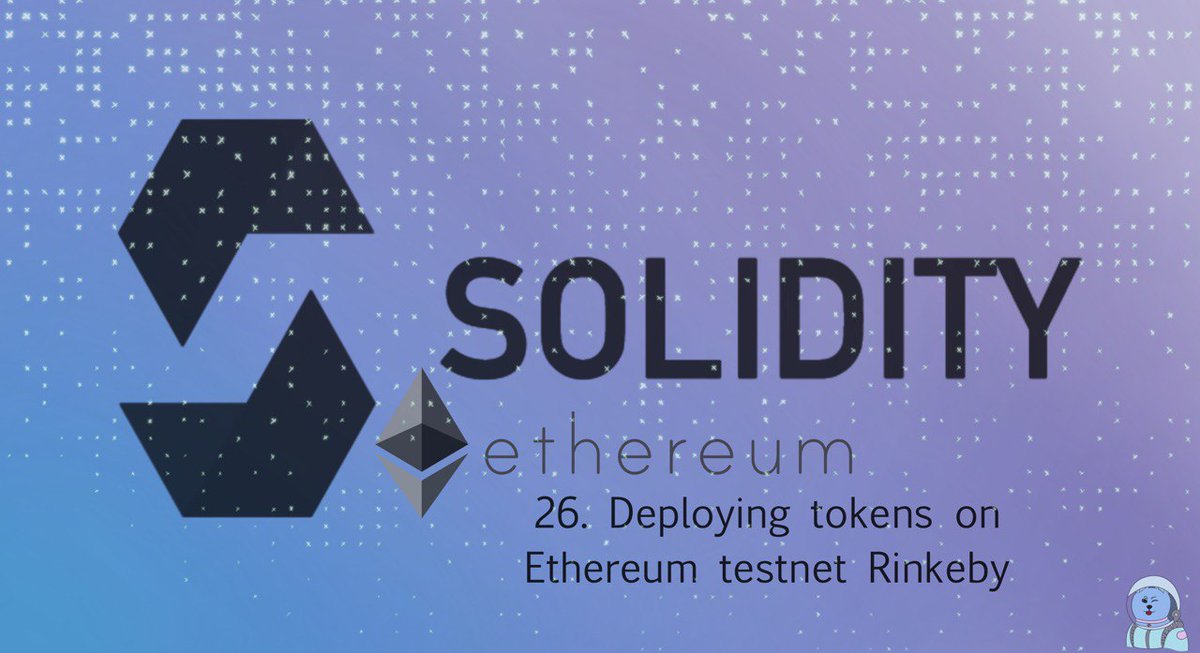Day 61 of #100DaysOfDeFI 🚀 Today I learned how to deploy tokens on Ethereum testnet 👾 for this I will use Rinkeby testnet and Remix IDE for developing smart contract 👩🏻💻
#womenwhocode #100DaysOfCode
Summary 🧵
#womenwhocode #100DaysOfCode
Summary 🧵

2/ Then, create 2 additional accounts on Rinkeby testnet on MetaMask 🦊 For that, just choose the Rinkeby testnet and click “Create account” 👾 

4/ Time to deploy the contract 🤖 Make sure, you’re on an account 1 on MetaMask, then select “Injected Web 3”, set a token name and a symbol and click “transact” 

5/ Confirm the transaction on MetaMask pop up window and check if the transactions went through successfully ✅ You can see it on etherscan for Rinkeby 👇 

6/ Add token to MetaMask 🦊 When you copy the contract address, MetaMask will automatically recognize its name and symbol. Do it for all 3 accounts. 

7/ Now you can transfer token between the accounts! 🦾 Copy the account 2 address and with account 1 selected click “Send” 👾 I am sending 10 ANC20 tokens to my account 2 👩🏻💻 

8/ Finally, check the account 2 balance: if there are 10 tokens more, the transaction has been successful! 🎉 You can go on testing with account 3 and others accounts 👩🏻💻 

• • •
Missing some Tweet in this thread? You can try to
force a refresh















